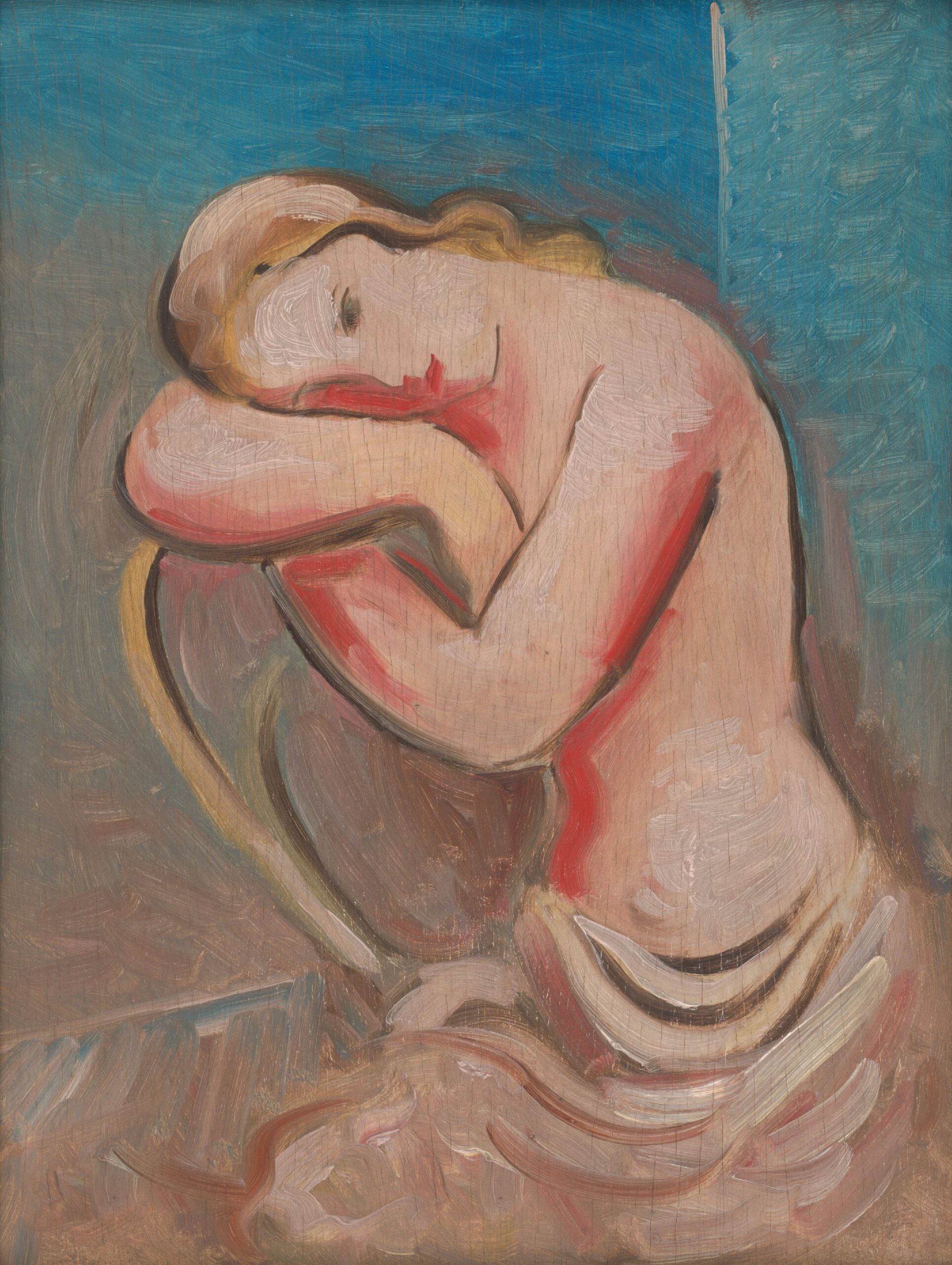Hubie Pilkington
Staff Writer
It is inevitable that at some point in our lives we will be in a situation that involves wine. More often than not we don’t necessarily think about what we’re throwing down our gullets too much. However, there are those times when we have to. The times when wine seems like far more than just a bottle and, rather, a symbolism of character and culture. Whether we are forced to pick the wine for dinner with friends, required to shop for a party or are just getting a bottle for that nervous first meeting of the other half’s parents, I think it’s fair to say that it is a task that many people re-sent.
But does it all have to be so stressful? The short answer is ‘no’. With a little bit of knowledge and a handy glossary of wine terms, anyone can be confident that the bot- tle of plonk that they are clutching will go down quite nicely. The problem is, though, that being proficient in the realm of the grape comes with a sense of anxiety. There are, perhaps, two reasons for this. Initially, when faced with a stack of different bottles, many of us just don’t know where to start. It all seems like a lot of work and, even then, you wonder whether ‘the one with the pretty label’ is even worth the money spent on it. Furthermore, among young people, there seems to be a social taboo around understanding the bottle. Nobody wants to appear snobbish and pretentious and, unfortunately, it’s very easy to seem that way when discussing wine. So how does one approach the seemingly vast topic of choosing vino? The answer, I feel, is to contextualize. Firstly, though, some very basics.
There are six main categories of wine that exist – red, white, rosé, sparkling wine/champagne, dessert wine, and fortified wine. Each category is further distinguished by the grapes or course they involve, known as the varietal. These varie- tal’s differ in taste immensely. Whether they’re sweet, dry, spicy, soft, fruity or have a bite, each wine holds it’s own general characteristics. It’s not surprising, then, to learn that there are some 75,000 different strands of wine. The task at hand, therefore, might seem incredibly daunting. But no need to fear. The aim isn’t to be an aficionado, just to be able to pick a nice bottle for the right occasion. In order to do this, you’ve got to match the wine to at least one of two things – people and/or food. There is a certain person, time and place for each wine. In light of this, one must think about what one’s buying before going to the cellar. The first step towards this is choosing between red and white.
Red wine has played it’s part in many important his- torical events. It’s been the go-to grape beverage for centuries and that hasn’t really changed much. Reds are usually associated with dinners, gifts, and firesides. They compliment richer foods, warm the cockles and often go down very smoothly. However, it is often hard- er to choose a good red wine than choosing a good white wine so let’s narrow it down.
There are three varie-ties of red wine that can be deemed safe bets – Cabernet Sauvignon, Cote du Rhones and Merlot. They are all French and, possibly because of this, are all consistent. Cab Sauvs are often fruity and rich. Merlots’ are deemed the softer and more supple brother of the Cab but often with an oaky taste too. Meanwhile, the Cote du Rhone packs a bit more spice to its taste. Varying in the grapes that they are produced with, CDRs tend to have a large range of flavours however, one always remains – it’s earthiness, due to the soil of the region. These descriptions may sound vague and alien. However, once you think about someone’s character, you can often find that there is a wine that describes them very well though it’s attributes.
With food, Cabernets are very good with richer meats such as game, duck, and beef as well as every student’s “go-to” grub, Spag Bog. Merlots are for milder flavours of meat. Think chicken and pork as well as richer tasting fish such as tuna steak. Cotes du Rhone wines tend to go with many types of food but it has been noted that they are especially good with more informal meals such as pizza. They also go fantastically well with dark chocolate, complimenting the smoothness while also adding to the course and spicy after taste. White wine, on the other hand, is predominantly preferred while basking in the sun. The lightness of white wine makes drinking it chilled exceptionally tasty when by the pool in the Med or before exam week at the Pav (inevitably when the sun decides to show up!). Furthermore, it’s light features enable white wines to go down particularly well and, for this reason, it proves popular when drunk as a pre-drink! However, white wine is not always an informal thing. Once again, though, to choose a good white wine we have to navigate through a maze of varieties. In light of this, there are three distinct whites that cover all the bases in terms of sweet-to-dry spectrum.
The sweetest of the three I have chosen is Chardonnay. While there are a lot of quite nasty Chardonnay’s around there are those which go far. Globally, there are different flavours to this strand of wine. American Chardonnays prove fuller and more oaky than the Europeans, while the Australian versions are a lot fruitier. In my opinion, the Europeans strikes a better balance in flavour than their contemporaries but it is certainly a matter of taste. The middle ground, meanwhile, is the Sauvignon Blanc. As the leaner cousin to the Chardonnay, the taste is a crisper while maintaining a subtle fruitiness that can be compared to grapefruit and lemon. Lastly, the Pinot Grigio which boasts a very dry taste with semi-fragrant citrusy flavours. Its dryness makes it the perfect wine to quaff in casual surroundings and under the sun. In the context of food, each of these takes their own field respectively. Chardonnay suits grilled meats and meats that have less complex flavours (such as chicken and pork). It also pairs well with hyper-flavoured fish such as anchovies, offsetting the strong taste with the sweetness of the grape. Sauvignon Blanc, meanwhile, is the perfect match for the lighter fish dishes along with white meats. It is a great choice for a smoked salmon starter at dinner. The driest of the wines here, Pinot Griogio, is for the lightest dishes. For students, this is the best bottle to have stocked in the fridge. It goes superbly with pasta and is ideal for easy drinking.
So there you have it, a little aide for the next trip to the cellar. Whether it’s just for you and for mates or for a special occasion, the realm of vino should become a less daunting situation now. It all comes down to context. But, if all else fails and you don’t remember anything from this, then it often pays to go for the French sounding one with the pretty label… just as long as the price is above €8 and it doesn’t involve the name ‘Marques de Leon’!







